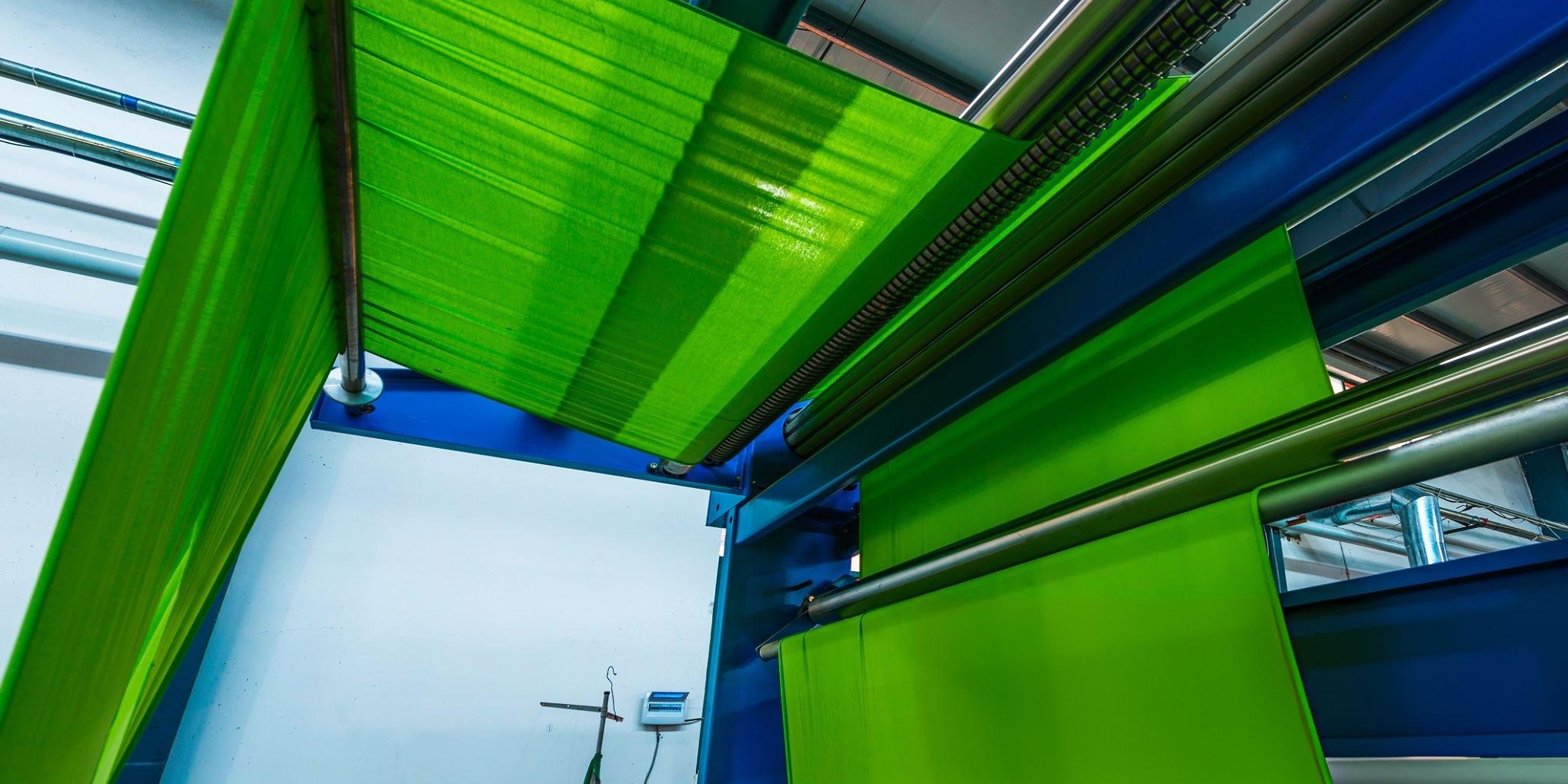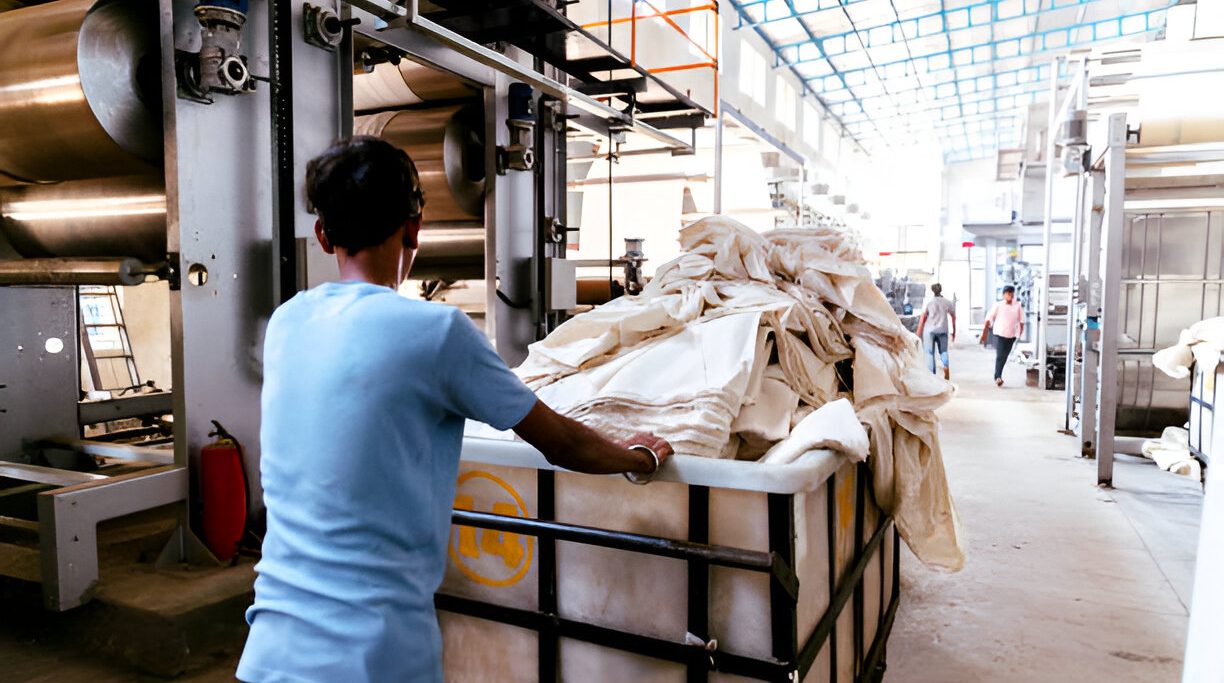Pre-shrinking is a vital step in textile manufacturing that ensures fabrics maintain their dimensions and quality after washing. This process stabilizes the fabric’s dimensions, improving the overall quality and durability of the finished product. In this comprehensive guide, we will explore the pre-shrinking process, its importance, and the various methods used to achieve it.
What is the Pre-Shrinking Process?
Pre-shrinking is a treatment applied to fabrics to reduce the risk of significant shrinkage during subsequent laundering by the consumer. This process involves various techniques to stabilize the fibers and set the fabric’s dimensions, ensuring that the final product retains its shape and size.
Why Pre-Shrinking is Important
1. Dimensional Stability: Prevents significant changes in the fabric size during washing and drying.
2. Improved Fit: Ensures that garments maintain their intended size and shape after laundering.
3. Enhanced Quality: Increases the fabric’s lifespan and enhances its overall quality by reducing the stress caused by shrinkage.
Common Pre-Shrinking Methods
1. Mechanical Pre-Shrinking (Sanforization)
Sanforization is a widely used mechanical pre-shrinking process that involves compressing the fabric to prevent it from shrinking during washing.
Steps:
– Moistening: The fabric is first moistened with water or steam to relax the fibers.
– Compression: The moistened fabric is then fed through a series of rubber belts and heated rollers that compress the fabric.
– Drying: Finally, the fabric is dried and cooled to set the compressed state.
Advantages:
– Effective for woven fabrics like cotton and denim.
– Provides high dimensional stability.
2. Relaxation Shrinkage
This method allows the fabric to relax naturally in a controlled environment, thereby reducing internal stresses.
Steps:
– Moistening: The fabric is moistened with water or steam.
– Relaxation: The fabric is then laid flat or hung in a relaxed state for a specified period.
– Drying: The fabric is dried under controlled conditions.
Advantages:
– suitable for knits and delicate fabrics.
– Gentle process that maintains fabric hand and texture.
3. Chemical Pre-Shrinking
Chemical treatments are used to stabilize the fibers and prevent shrinkage.
Steps:
– Application: Chemicals (e.g., resins) are applied to the fabric.
– Curing: The fabric is heated to cure the chemicals and set the fibers.
– Washing: The fabric is washed to remove any residual chemicals.
Advantages:
– Can be combined with other finishing treatments.
– Effective for various types of fibers.
4. Heat Setting
Heat setting is commonly used for synthetic fibers to stabilize their dimensions.
Steps:
– Heating: The fabric is exposed to high temperatures in a controlled environment.
– Cooling: The fabric is then cooled rapidly to set its dimensions.
Advantages:
– Effective for synthetic fibers like polyester and nylon.
– Provides exent dimensional stability.
Factors to Consider in Pre-Shrinking
1. Fabric Type: Different fabrics respond differently to pre-shrinking processes. The choice of method depends on the fiber content, weave, and intended use of the fabric.
2. End Use: The final application of the fabric (e.g., apparel, upholstery) influences the pre-shrinking method chosen.
3. Environmental Impact: Consider the environmental impact of chemical treatments and water usage in pre-shrinking processes. Eco-friendly alternatives are becoming increasingly important.
Pre-shrinking is a crucial process in textile manufacturing that ensures fabrics maintain their dimensions and quality after washing. By understanding and applying the appropriate pre-shrinking method, manufacturers can produce high quality fabrics that meet consumer expectations. Whether through mechanical, chemical, or heat-setting methods, pre-shrinking enhances the longevity and performance of textile products.



